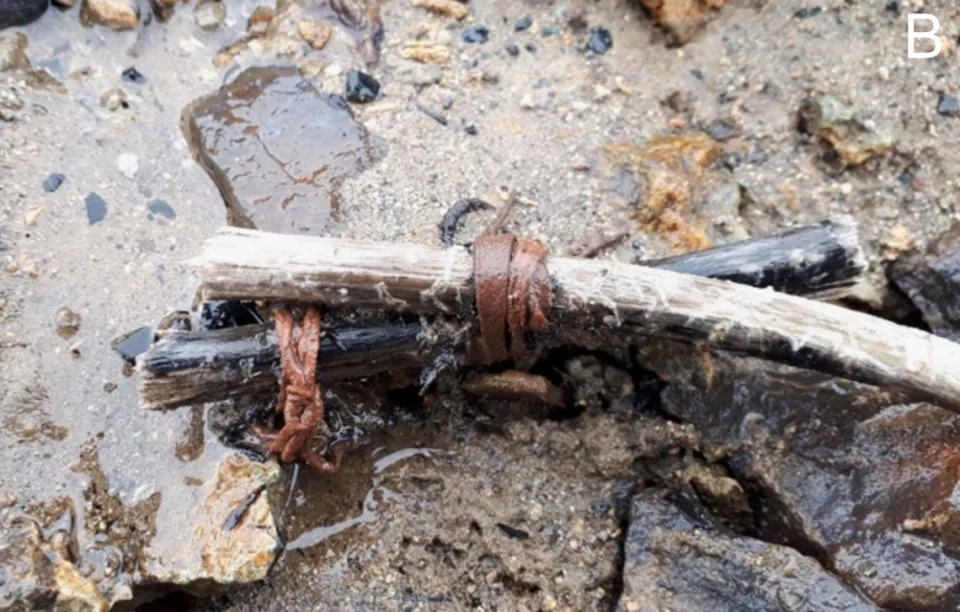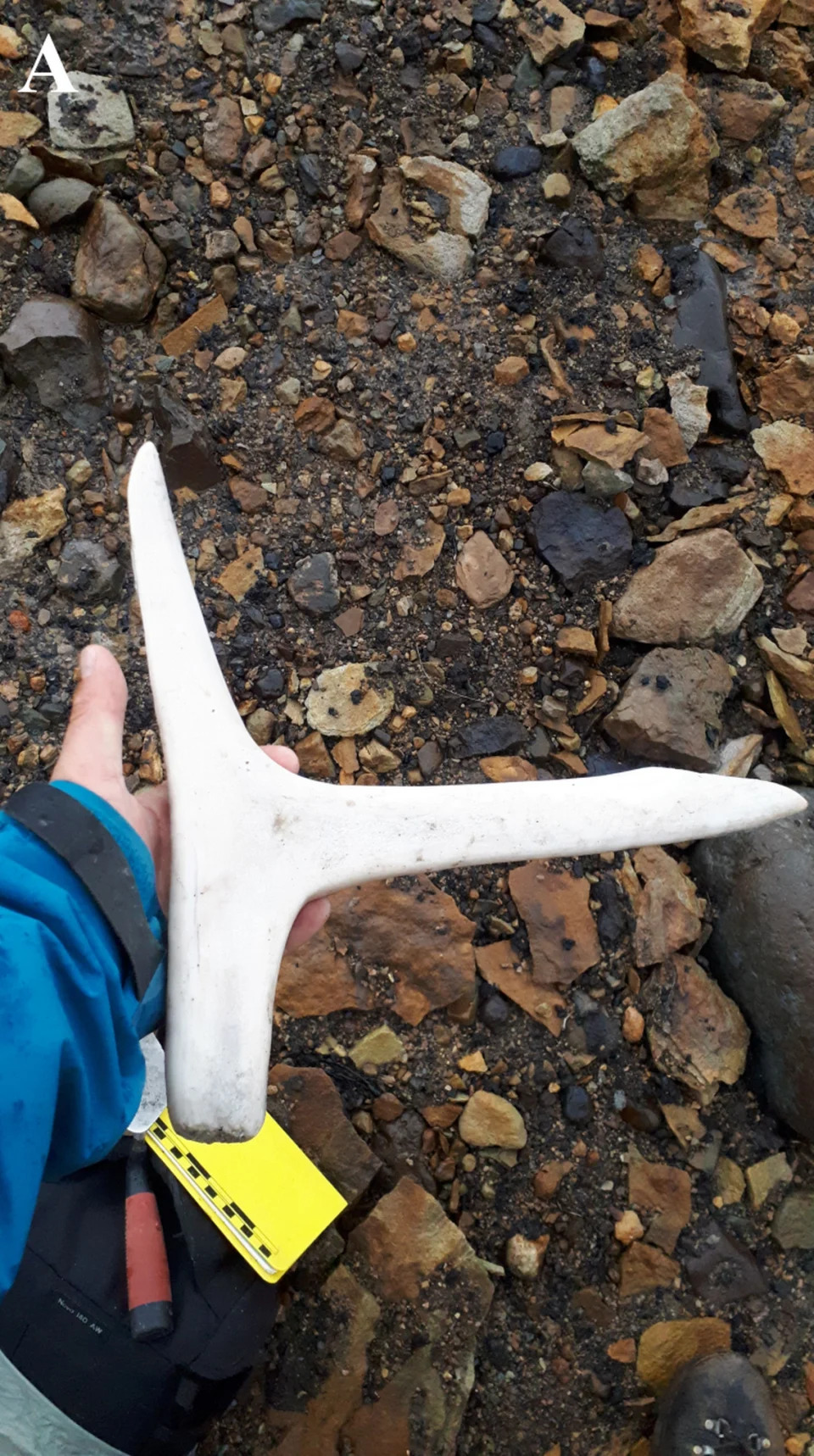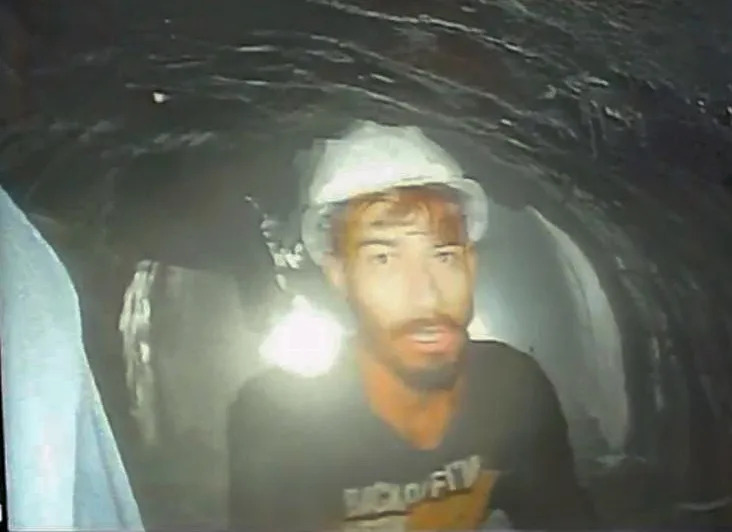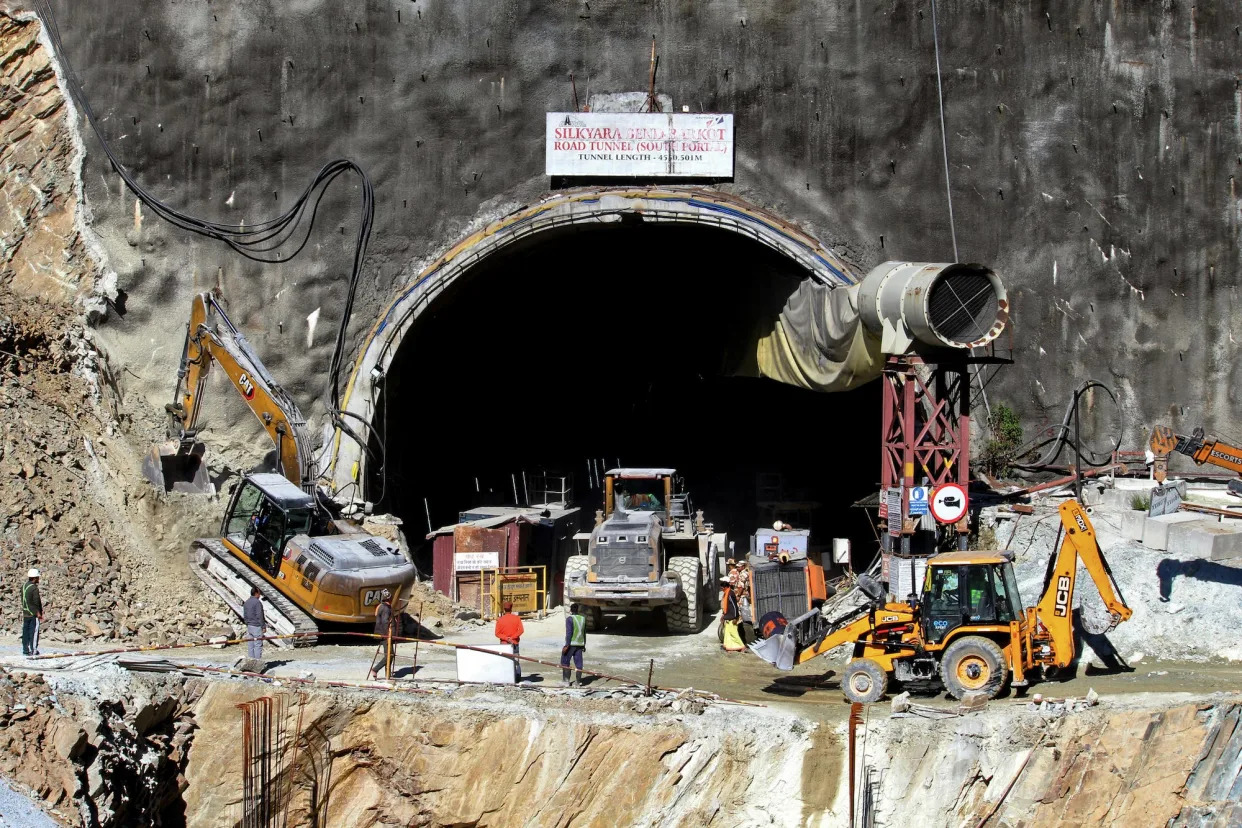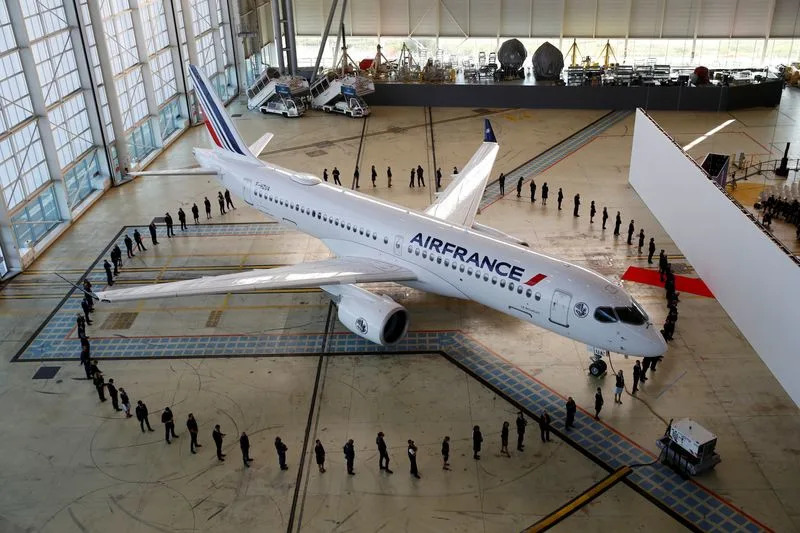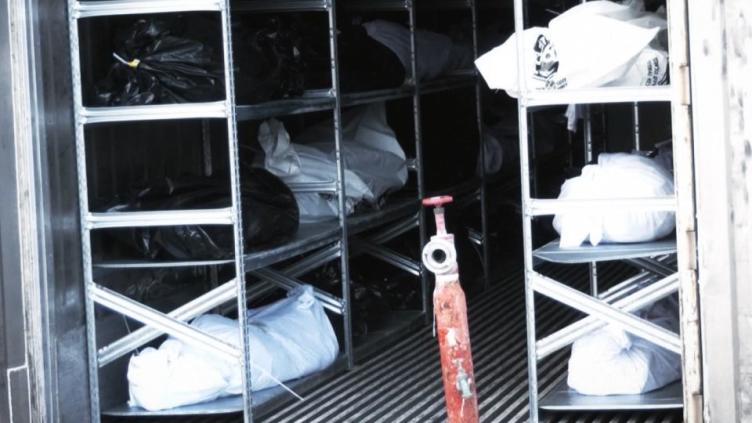"Whitehorse came together. We're multicultural, we stand together. We know that we need to support the children, the women, the families in the Gaza Strip."
CBC
Mon, November 20, 2023

Stuart Clark of the Whitehorse United Church, left, Israr Ahmed, president of the Yukon Muslim Association, centre, and Rick Karp, president of the Jewish Cultural Society of Yukon, right, at a fundraising event in Whitehorse on Sunday
Jewish, Muslim and Christian community leaders in Whitehorse combined their efforts on Sunday to support humanitarian relief in Gaza.
An event held at the United Church in downtown Whitehorse raised funds for the International Federation of Red Cross and Red Crescent Societies. Hundreds of people attended to listen to live music, eat a traditional Jewish and Muslim feast, and support the cause.
Rick Karp, president of the Jewish Cultural Society of Yukon, said the idea for the event came from Israr Ahmed, president of the Yukon Muslim Association.
"He gave me a call and said, 'hey, would you like to go for coffee? I have to ask you something,'" said Karp. "And then he presented the idea of coming together to do a fundraiser, a humanitarian fundraiser for the people of Gaza. And how could anyone say no?"
For Karp, feeling and expressing concern for the welfare of those living in Gaza shouldn't be political.
"They need our help, and I hope that the rest of the country can see this as an example," said Karp.
"Whitehorse came together. We're multicultural, we stand together. We know that we need to support the children, the women, the families in the Gaza Strip."

Attendees shared home-cooked meals from a variety of cultures at the event.
Attendees on Sunday shared home-cooked meals from a variety of cultures at the event. (Caitrin Pilkington/CBC)
Israr Ahmed feels the same way. He, Karp and Stuart Clark, chair of the Whitehorse United Church's social justice committee, already keep in touch and have worked together before. While Ahmed said he knew the others well enough to guess that they would be interested in the idea, he said he was still touched by their enthusiasm.
"I'm extremely, profoundly grateful to all of them for being on board with this idea right from the get-go," he said.
The event drew a big crowd that packed into the basement of the United Church on Sunday afternoon. Attendees filled plates with biryani, matzo ball soup and traditional desserts, and listened to music performed by a local pianist and classical guitarist.
Nancy Husten was among the attendees. She said the moment she heard about the event, she started phoning up friends and spreading the word.

Attendees shared home-cooked meals from a variety of cultures at the event.
The event raised funds for the International Federation of Red Cross and Red Crescent Societies. Hundreds of people attended to listen to live music and enjoy a traditional Jewish and Muslim feast. (Caitrin Pilkington/CBC)
"Living so far away in northern Canada, you feel that you can't do very much," she said. "But this was an opportunity to be supportive of both communities and to show the care and the love that many Yukoners are feeling for those affected by this."
Despite the physical distance between the Yukon and the Gaza Strip, for many living in Whitehorse, the bombing and violence has had a profound impact.
Anwar Tuhl is Palestinian-Canadian and works in Whitehorse as a psychologist. She says connecting with the Indigenous community in the Yukon and talking about the impacts of colonialism has inspired her to take a more active role to stand in solidarity whenever she can.
"It's helped me understand the importance of not just talking about trauma in my office, but to actually talk about it in the real world and stand as a collective with all of our communities, regardless of their religion."
"As a Muslim, it's been a really difficult time because it's created a divide between our Muslim community and our Jewish community, which is so painful," said Fatima Javed, another attendee on Sunday.
"If anything, we are more alike than we are different. So to see the Jewish community be here and the Muslim community come together and share a meal has been so important."

Anwar Tuhl, left, and Fatima Javed, right, at the event on Sunday.
While the conflict may be far away, Javed expressed that "one of the things that we can do here at home is bridge those gaps and and stand together "
Organizers raised $12,500 over the course of the event, more than double than what they expected.
The conflict between Israel and Hamas has polarized many Canadians. In parts of Canada, reports of hate crimes and violence at Muslim and Jewish institutions have been rising.
For Ahmed, those headlines only make events like the one on Sunday in Whitehorse more important. He called the Islamophobic and antisemitic incidents in the news "horrendous."
"I understand that this is a very emotionally charged subject," he said. "It is very painful to most of us. I also understand the importance of expressing your anguish and anger – within the bounds of the Constitution.
"But if we refuse to talk, if we prioritize shouting over talking, we won't be reaching any solution. There is no issue that cannot be resolved with dialogue."





